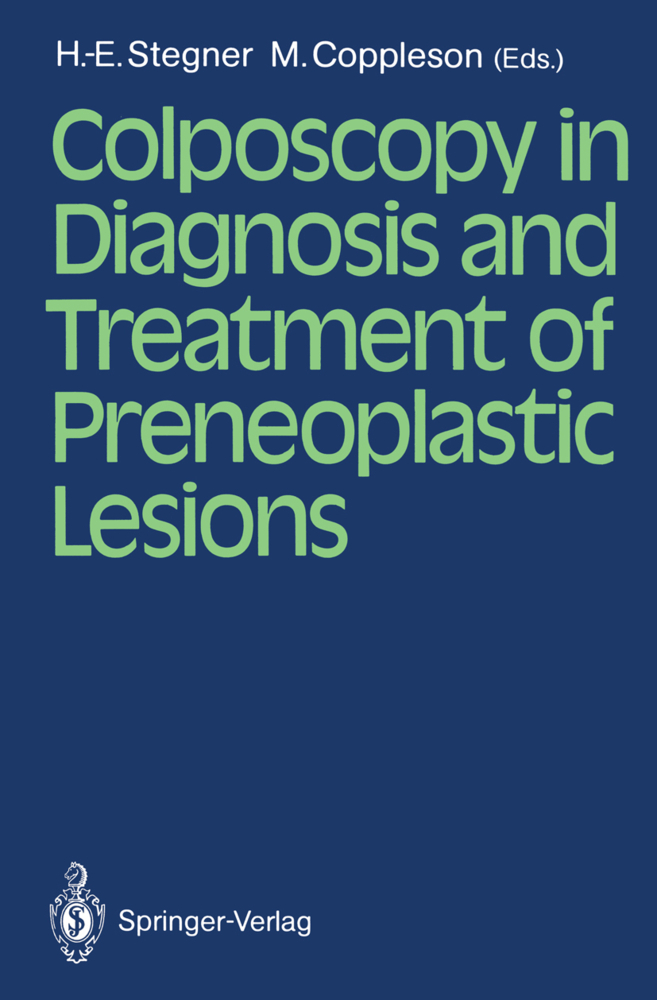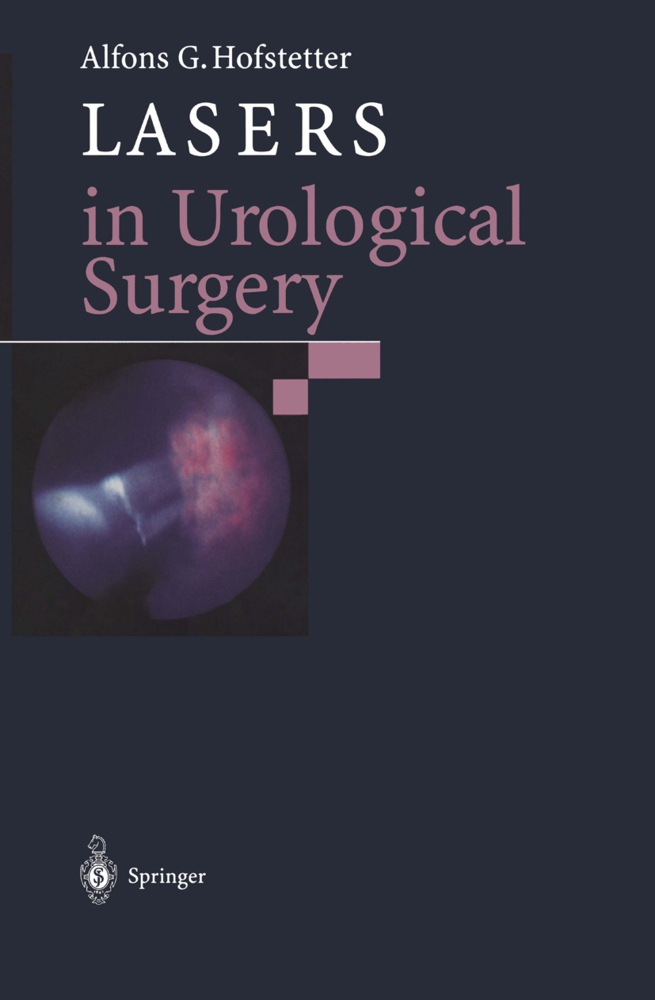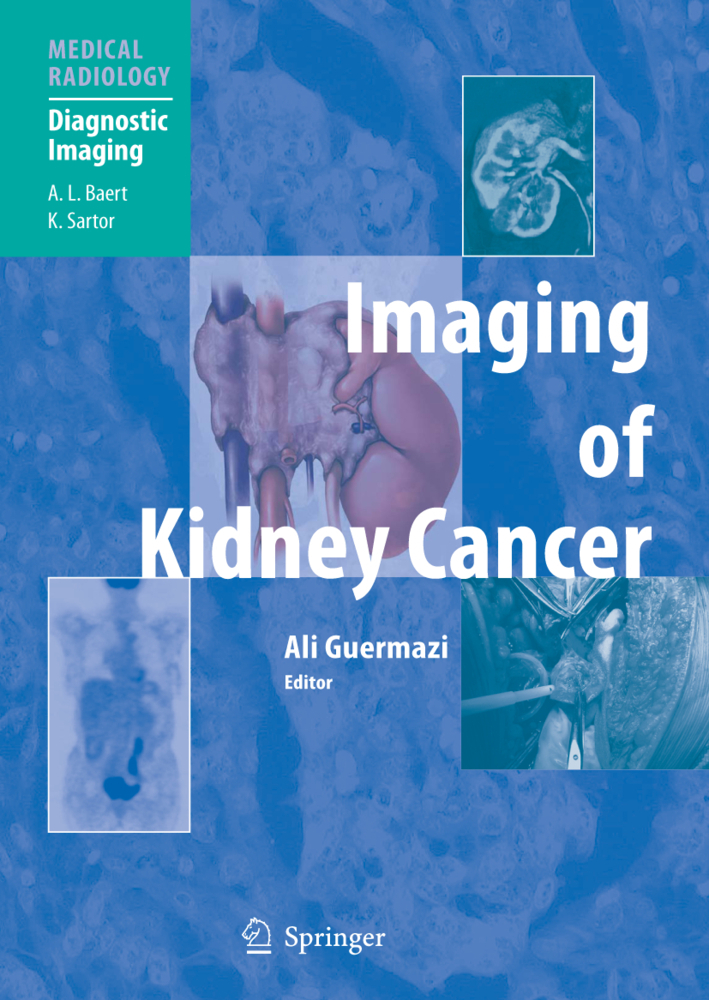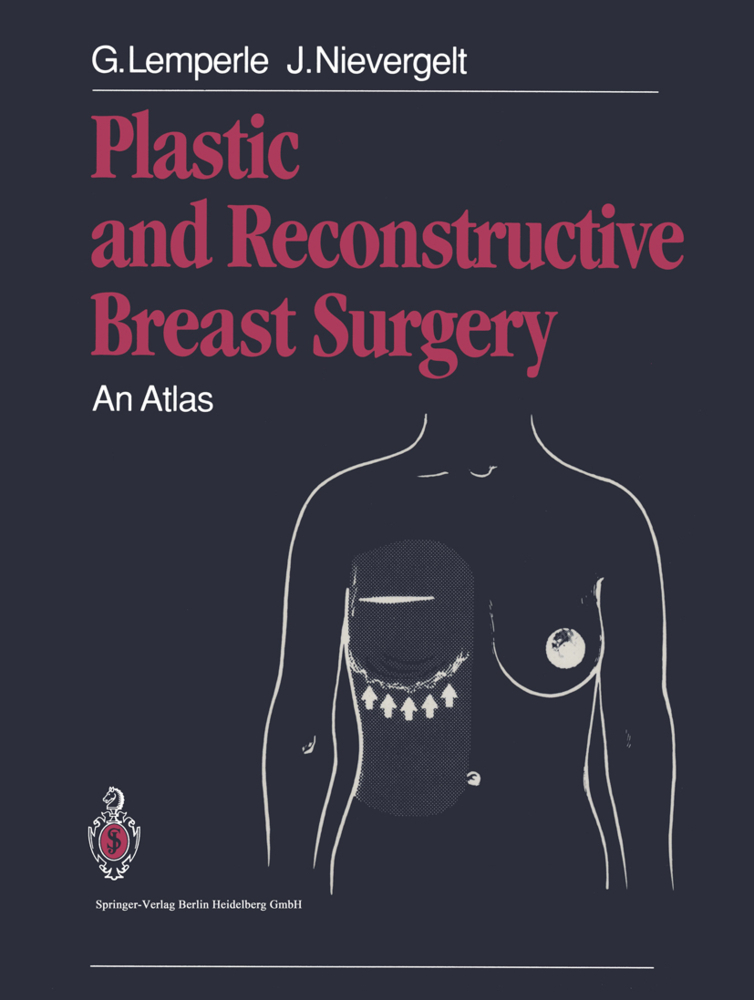Colposcopy in Diagnosis and Treatment of Preneoplastic Lesions
Colposcopy in Diagnosis and Treatment of Preneoplastic Lesions
There are few cancers that have been as intensively studied from the epidemiological and morphological aspects as carcinoma ofthe uterine cervix. Current data suggest that sexually transmitted viral infections may playa major role in the pathogenesis of squamous neoplasias of the cervix and the lower genital tract. The risk of developing squamous cell cancer of the cervix is significantly greater in patients who have been infected by human papillomavirus than in noninfected women. Although infectious dysplasia regresses spontaneously in many cases, it may be an initial step in the natural history of squamous cancer. With the increasing number of young women, often below the age of 20 years with uni-or multicentric dysplastic (intraepithelial neoplas tic) lesions, diagnostic and therapeutic methods more conservative than traditional conization are needed. The renaissance of colposcopy has fostered a more distinctive look at the spectrum of premalignant lesions and permitted a much more conservative approach to their management. Electrodiathermy, cryosurgery, and more recently carbon-dioxide laser have proven to be appropriate tools with which to destroy the atypical epithelia without mutilating the organs affected. The most important single factor involved in the success of these techniques is meticulous pretreatment assessment of the patient based on skilful colposcopic examination to determine the full extent of any lesion. This can only be done by a physician thoroughly experienced in col po scopic diagnosis and with a complete understanding of the histoge nesis of intraepithelial neoplasia.
Stegner, Hans-E.
Coppleson, Malcolm
| ISBN | 978-3-540-17947-4 |
|---|---|
| Artikelnummer | 9783540179474 |
| Medientyp | Buch |
| Copyrightjahr | 1987 |
| Verlag | Springer, Berlin |
| Umfang | X, 90 Seiten |
| Abbildungen | X, 90 p. 2 illus. |
| Sprache | Englisch |











